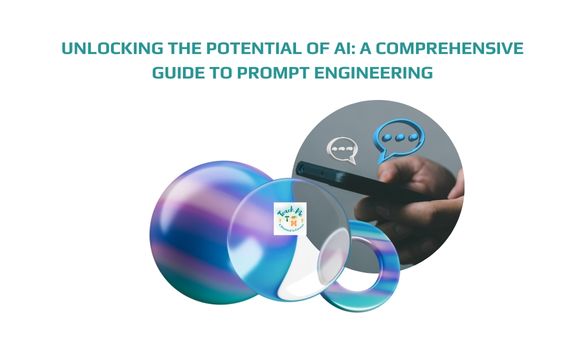[vc_row][vc_column][vc_column_text]In the rapidly evolving landscape of artificial intelligence, prompt engineering has emerged as a crucial discipline for harnessing the full potential of large language models like GPT-3 and GPT-4. This technique involves crafting and refining input prompts to guide AI models in generating accurate, relevant, and context-aware responses. Whether you’re a developer, data scientist, or AI enthusiast, understanding and mastering prompt engineering can significantly enhance the performance and utility of AI applications.[/vc_column_text][vc_column_text]
What is Prompt Engineering?
Prompt engineering is the art and science of designing input prompts to elicit desired behaviors from AI models. By carefully structuring the language, context, and instructions within a prompt, practitioners can influence the model’s output, ensuring it aligns with specific goals or requirements. This process involves iterative testing and refinement to achieve optimal results.
Key Aspects of Prompt Engineering
Effective prompt engineering requires a deep understanding of the model’s capabilities, clear communication of context and instructions, and a systematic approach to refining prompts. Here are the key aspects to consider:
- Understanding the Model’s Capabilities: Before diving into prompt creation, it’s essential to grasp what the AI model can and cannot do. Familiarize yourself with its training data, response patterns, and limitations. This foundational knowledge helps set realistic expectations and informs the design of effective prompts.
- Iterative Testing and Refinement: Prompt engineering is an iterative process. Start with a basic prompt, observe the model’s response, and refine the prompt based on the output. This cycle of testing and tweaking continues until the desired result is achieved. Iterative refinement allows for continuous improvement and adaptation to specific use cases.
- Context Management: Providing sufficient context within the prompt is crucial for accurate and relevant responses. This includes setting the scene, specifying the desired format, and including any necessary background information. Effective context management ensures that the AI understands the task and generates appropriate outputs.
- Instructions and Constraints: Clear instructions and constraints guide the AI model in generating responses that meet your requirements. Specify aspects like response length, tone, style, and key points to cover. Well-defined instructions help mitigate ambiguity and improve the precision of the AI’s output.
- Handling Ambiguity and Bias: Ambiguity and bias can lead to inaccurate or unintended responses. Craft prompts that are clear and unambiguous to minimize misunderstandings. Additionally, be mindful of potential biases in the language or assumptions used in prompts, and strive to create neutral and inclusive prompts.
[/vc_column_text][/vc_column][/vc_row]


